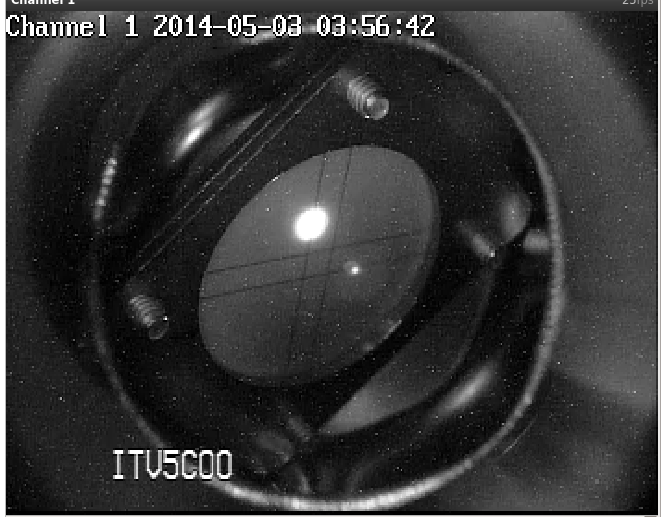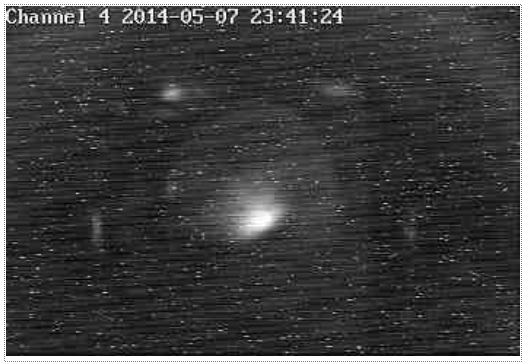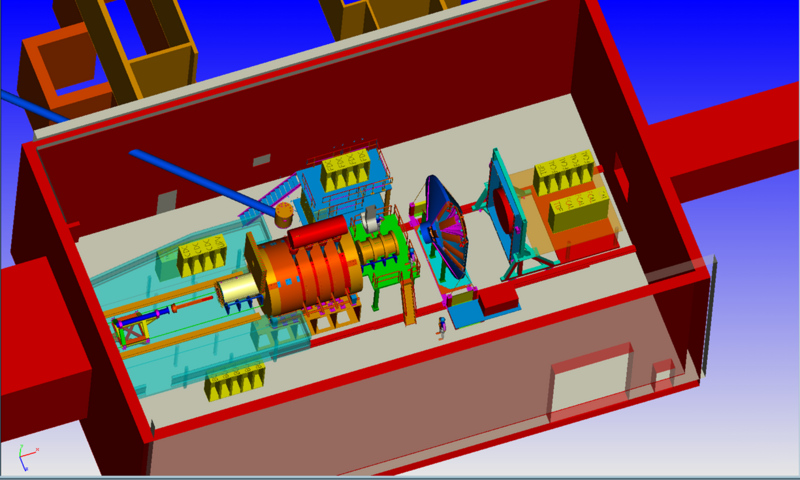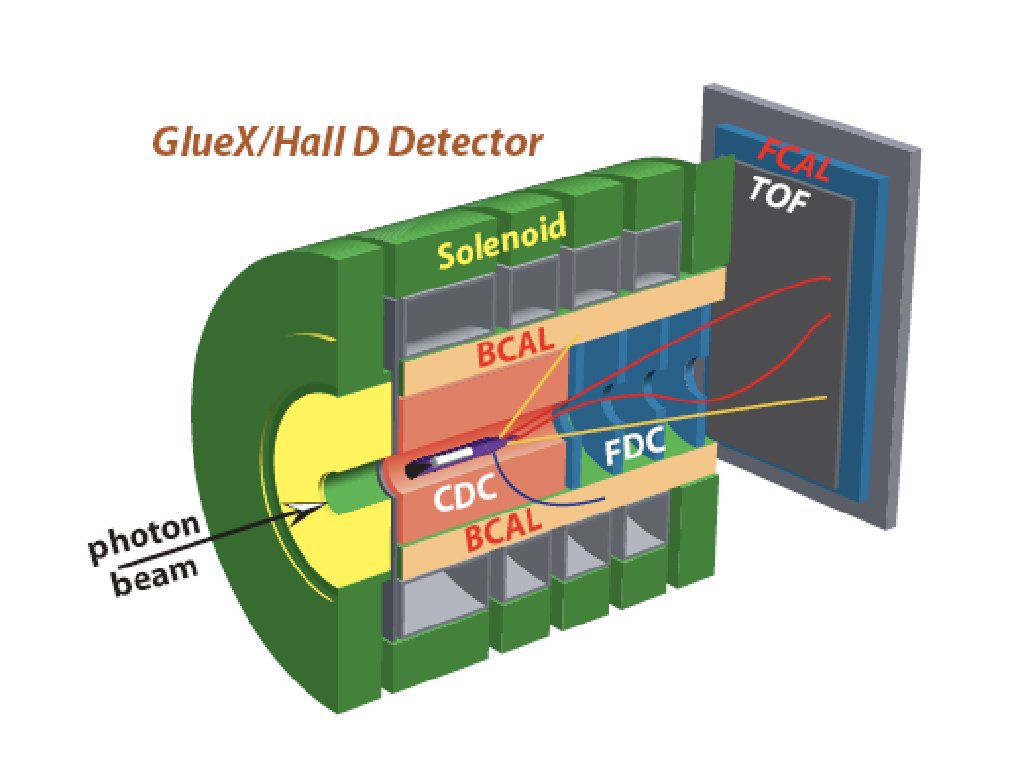The goal of the GlueX experiment is to provide critical data needed to address one of the outstanding and fundamental challenges in physics – the quantitative understanding of the confinement of quarks and gluons in quantum chromodynamics (QCD). Confinement is a unique property of QCD and understanding confinement requires an understanding the soft gluonic field responsible for binding quarks in hadrons. Hybrid mesons, and in particular exotic hybrid mesons, provide the ideal laboratory for testing QCD in the confinement regime since these mesons explicitly manifest the gluonic degrees of freedom. Photoproduction is expected to be particularly effective in producing exotic hybrids but there is little data on the photoproduction of light mesons. GlueX will use the coherent bremsstrahlung technique to produce a linearly polarized photon beam. A solenoid-based hermetic detector will be used to collected data on meson production and decays with statistics after the first year of running that will exceed the current photoproduction data in hand by several orders of magnitude. These data will also be used to study the spectrum of conventional mesons, including the poorly understood excited vector mesons and strangeonium. In order to reach the ideal photon energy of 9 GeV for this mapping of the exotic spectrum, 12 GeV electrons are required.
- E12-12-002: A Study of Meson & Baryon Decays to Strange Final States with GlueX in Hall D
- E12-13-003: An Initial Study of Hadron Decays to Strange Final States with GlueX in Hall D
- E12-10-011: A Precision Measurement of the Eta Radiative Decay Width via the Primakoff Effect. Presentation available here
- E12-13-008: Measuring the Charge Pion Polarizability in the 2 Gamma -> Pi+/Pi- Reaction.
- E12-12-002A: (Pac 45)Eta Decays with Emphasis on Rare Neutral Modes: The JLAB Eta Factory [JEF] Experiment
- E12-19-003: (PAC47)Studying Short-Range Correlations with Real Photon Beams at GlueX
- C12-19-001: Strange Hadron Spectroscopy with a Secondary KL Beam in Hall D
Additional experiments approved to run in Hall D may be found here as they are approved by the Program Advisory Committee (PAC).
- E12-06-102: Mapping the Spectrum of Light Quark Mesons and Gluonic Excitations with Linearly Polarized Photons know by its collaborators as GlueX (Phase-I) is scheduled to be the first experiment in the 12 GeV era in Hall D.



